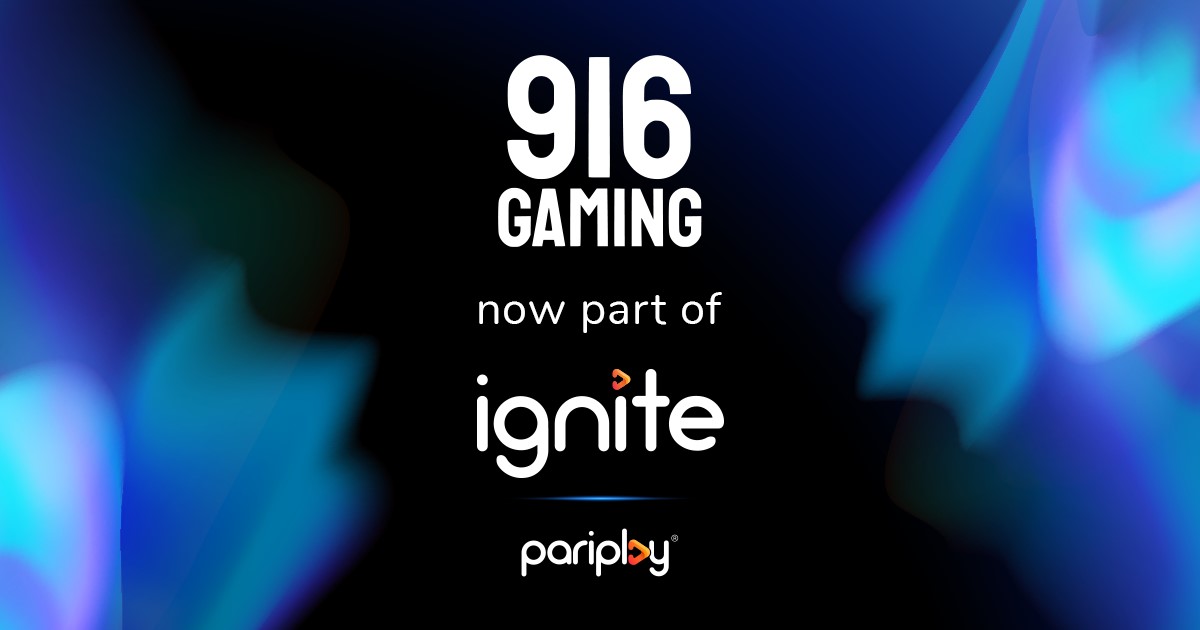
United States In-Game Advertising Market Competition Forecast & Opportunities, 2028
The “United States In-Game Advertising Market Competition Forecast & Opportunities, 2028” report has been added to ResearchAndMarkets.com’s offering.
The United States in-game advertising market has experienced rapid growth and is projected to reach a value of $13.09 billion by 2028 from $7.45 billion in 2022, growing at a CAGR of 10.2% fueled by various factors such as the increasing popularity of esports among gaming audiences and the integration of native and non-disruptive ad formats.

United States In-Game Advertising Market Scope
In-game advertising includes a wide range of formats and strategies. One of the most common methods is integrating static or dynamic ads into the game environment. These formats can be billboards, posters, or even virtual product placements within the game. Such layouts are carefully designed to blend seamlessly with the game’s aesthetics, ensuring they don’t break the player’s immersion.
The growing interest in social and mobile games is expected to positively impact the expansion of the in-game advertising market share. Advertisements can be integrated into desktop and mobile games through in-game advertising through advertisements, clip art, billboards, and background screens.
United States In-Game Advertising Market Overview
United States in-game advertising market share will benefit from growing social and mobile gaming. Ads, cutscenes, billboards, and background graphics can be used to add ads to desktop and mobile games. Since these ads are not intrusive, players can experience the game smoothly. In-game ads are expected to have a stronger audiovisual impact and leave viewers with a positive and lasting product impression.
United States in-game advertising is driven by several factors, including lower ad costs, increased reach and ROI, fast integration, and clear ad setup in social games. In addition, the inclusion of trusted gaming payment methods will reduce fraud, which may drive the market during the forecast period. Market growth is fueled by a growing selection of free-to-play smartphone games that monetize through in-game ads.
Increasing time and the cost to develop new games and shorter product life cycles are expected to impede market growth. The growing reluctance of video game companies as a result of declining advertising revenues is expected to challenge the growth of the in-game advertising market. In addition, market growth can be hindered by the need to limit poorly designed advertisements with low consumer impact. The increase in irrelevant and intrusive advertisements related to online and social gaming is expected to adversely affect the United States in-game advertising market growth.
United States In-Game Advertising Market Drivers
The United States in-game advertising market is driven by various key factors such as the rising popularity of console gaming and esports. The game has come to become an accepted form of distraction, which draws a wide and diverse audience.
The United States in-game advertising market growth is likely to be boosted by the rising availability of high-speed internet connections and the significant increase in the number of smartphone users in the country. Additionally, a surging number of gamers in the country is expected to contribute to the expansion of the United States in-game advertising market during the forecast period.
In addition, the adoption of various gambling payment mechanisms will reduce fraud, which may increase the expansion of the United States in-game advertising market during the forecast period. In-game advertising is growing portions of free-to-play mobile games and is expected to boost industry growth. This service can earn extra money for game creators, which helps in the expansion of the industry.
The surging popularity of online and mobile games drives the expansion of the United States in-game advertising market during the forecast period. Game advertisers are using in-game advertisements to reach their target audience as more people are using online and mobile games for their entertainment.
United States In-Game Advertising Market Trends
A major trend in the United States in-game advertising market is the integration of native and non-disruptive ad formats which drives the industry’s growth during the forecast period. Advertisers are moving away from intrusive and disruptive ad placements that can negatively impact the gaming experience. Instead, they implement strategies to seamlessly incorporate advertising into the game environment, such as in-game billboards, product placements, and branded virtual products. This approach allows advertisers to capture players’ attention without causing significant disruption, improving both user experience and advertising effectiveness.
Additionally, the rise in influencer marketing collaborations fuels the growth of the United States in-game advertising market during the forecast period. Influencers and creators in the gaming community have gained significant influence and followers, making them valuable partners for advertisers. Brands are increasingly partnering with gaming influencers to promote their products or services through sponsored gameplay, branded content, or product reviews. This collaboration helps advertisers leverage the trust and loyalty built by influencers, which increases brand visibility and engagement with their target audience.
Furthermore, there is more emphasis on metrics and measurement in the United States in-game advertising market which drives the industry’s growth during the forecast period.
United States In-Game Advertising Market Challenges
A major challenge in the United States in-game advertising market is increasing competition among companies for the consumer’s attention in games may hinder the growth of the market during the forecast period.
Additionally, the difficulty of companies in targeting the right audience impedes the United States in-game advertising market expansion during the forecast period. Advertisers must ensure that their ads reach the targeted demographic of the gaming community. However, targeting a precise audience can be difficult due to the diversity and segmentation of the gaming market. Different types, platforms, and gaming habits require tailored approaches that can be difficult to achieve effectively.
Furthermore, the issue of advertisement intrusiveness may hinder the growth of the United States in-game advertisement market during the forecast period. The intrusiveness of advertisements is a major concern of the companies. It is very important to balance the integration of ads into games without compromising the user experience. Intrusive ads that interfere with gameplay or with immersion can cause players to react negatively and may create lack of interest for the game.
United States In-Game Advertising Market Opportunities
The United States in-game advertising market provides various opportunities to the companies to have a competitive edge in the market. Esports has grown significantly in the United States, with widespread recognition of professional games and attracting millions of viewers. This phenomenon offers advertisers a great opportunity to target their brand to popular eSports events, teams, or individual players. In-game advertising can take the form of sponsorship, branded content, or product placement within games, allowing companies to gain exposure and build brand loyalty among the passionate sports community.
The advantage of in-game advertising is that it offers different advertising options for brands to reach their target audience and increase engagement. While in-game and in-field billboards are frequently explored by many developers and publishers, they represent only a fraction of the ad formats available. There are 3 formats of in-game advertising: static ads, dynamic ads, and advergaming. Each format offers several different options to help businesses build and maintain brand awareness without disrupting the users’ experience.
Furthermore, robust infrastructure and technological upgradation provide opportunities to companies in the United States in-game advertising market. Advertisers are able to monetize in-game advertising due to the availability of high-speed internet connections and the rising penetration of streaming platforms in the country.
Key Attributes:
| Report Attribute | Details |
| No. of Pages | 77 |
| Forecast Period | 2022 – 2028 |
| Estimated Market Value (USD) in 2022 | $7.45 Billion |
| Forecasted Market Value (USD) by 2028 | $13.09 Billion |
| Compound Annual Growth Rate | 10.2% |
| Regions Covered | United States |
Competitive Landscape
Company Profiles: Detailed analysis of the major companies present in the United States in-game advertising market.
- Activision Blizzard, Inc.
- AppsFlyer Inc.
- Frameplay Corporation
- Pubfinity LLC
- Super League Gaming, Inc.
- Motive Interactive, Inc.
- MediaSpike, Inc.
- Electronic Arts Inc.
- Playwire LLC
- Bidstack Group PLC
Market Dynamics
Drivers
- Proliferation of mobile devices
- Increasing internet penetration
- Rising gaming audience
Market Trends & Developments
- Rising popularity of esports
- Growing influencer marketing collaborations
- Increasing popularity of console gaming
- Integration of native and non-disruptive ad format
- Growing popularity of video games
Challenges
- Increasing competition
- Difficulty in targeting the right audience
Impact of COVID-19 on United States In-Game Advertising Market
- Impact Assessment Model
- Key Segments Impacted
- Key Regions Impacted
Report Scope:
United States In-Game Advertising Market, By Type:
- Static Ads
- Dynamic Ads
- Advergaming
United States In-Game Advertising Market, By Platform:
- Smartphone/Tablet
- PC/Laptop
For more information about this report visit https://www.researchandmarkets.com/r/x022xb










